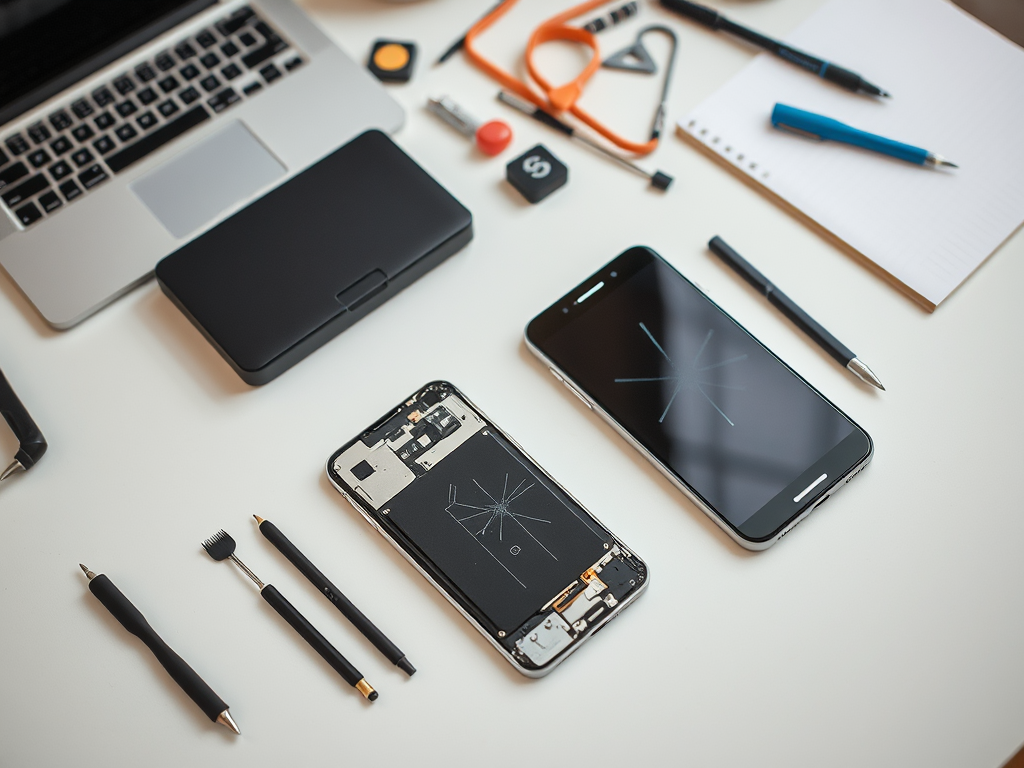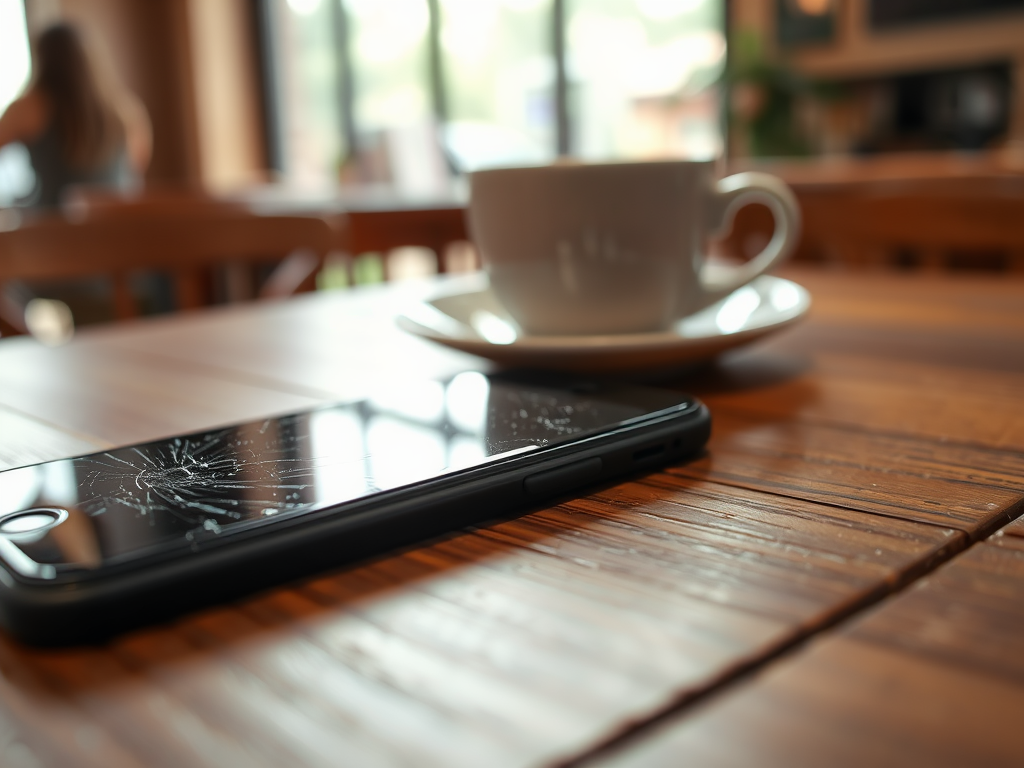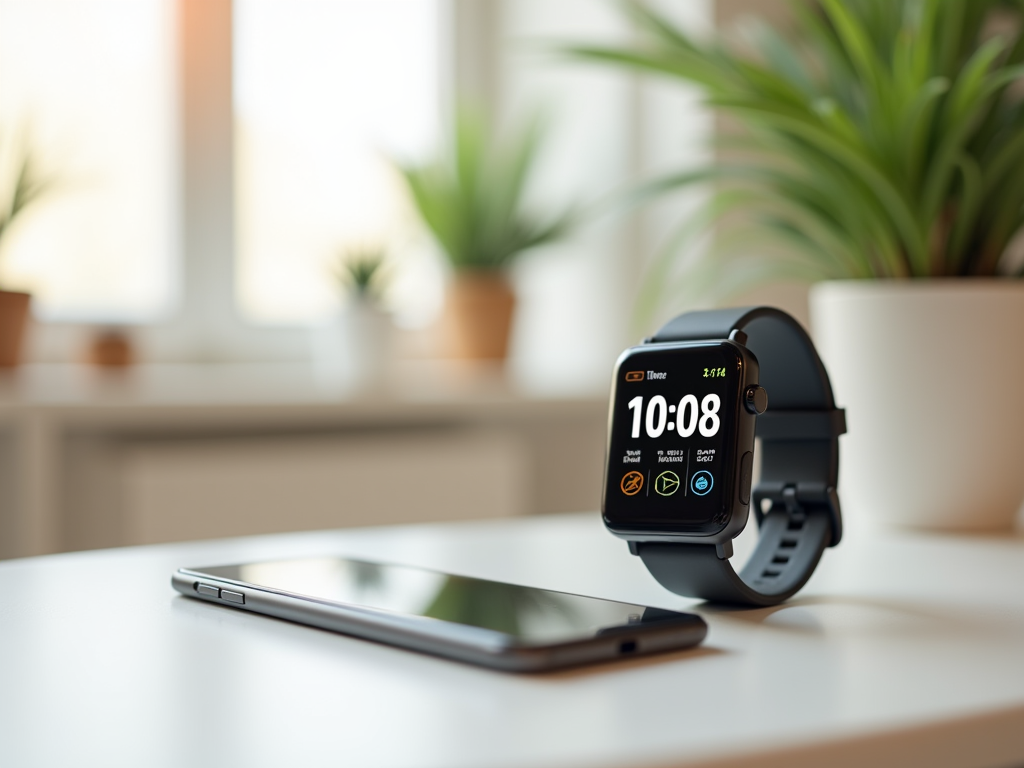Your smartphone is often an extension of yourself—a reliable tool that connects you to the world. However, when that essential gadget sustains damage, particularly in the form of a cracked screen, an unspoken conflict arises. Is it safe to keep using it, or should you replace it immediately? This article delves into the multifaceted risks associated with using a phone with a cracked display. By dissecting both the immediate and long-term implications, we aim to provide you with guided insights that address user intent comprehensively. Let’s explore the hidden dangers and potential consequences of ignoring those unsightly cracks.
Understanding the Damage: What Happens When Your Screen is Cracked?

Using a phone with a cracked screen is more common than many might think. However, understanding the extent of the damage is crucial. Cracks can range from superficial lines to full-blown shatters that affect usability. When the screen is cracked, several factors come into play that you may not have initially considered. Not only does this compromise the aesthetic appeal of your device, it can also lead to frustrating usability challenges. Your immediate instinct might be to brush it off, but the implications can be far-reaching.
- Physical Damage: A cracked screen often indicates that the device has undergone a significant impact. Such impacts can damage internal components as well.
- Touchscreen Functionality: Cracks can interfere with touchscreen sensitivity, making it frustrating to use your device effectively.
- Aesthetic Issues: Beyond functionality, a cracked screen can detract from the phone’s overall look, lowering its value.
Risks Associated with Using a Phone with a Cracked Screen

Using a phone with a cracked screen can pose several risks that may affect both the user’s safety and the device’s longevity. First and foremost, there are physical concerns tied to injury. One of the most pressing issues is the potential for cuts or scrapes caused by jagged edges. These injuries can be particularly concerning for young children or unsuspecting users. Beyond the immediate risk, there is also the chance that further internal damage may occur over time with continued use. Let’s delve deeper into these risks associated directly with cracked screens.
Risk of Injury
While it may seem like an insignificant nuisance, the reality is that a cracked screen can pose a significant injury risk. The jagged edges can easily cut fingers, leading to unwanted scrapes or worse. For example, if you use your phone frequently, you might be exposing yourself to this risk regularly. It’s not just a matter of being careful; it’s about acknowledging a real physical risk. The last thing you want is to end up with a bandaged finger due to your negligence over a device you rely on daily.
Further Internal Damage
Using a phone with a cracked screen doesn’t just risk your safety; it can also lead to further internal issues. This type of damage can exacerbate any existing problems within the device or potentially create new ones. The cracks provide an entry point for dust and moisture, which can wreak havoc on internal circuitry. This can lead to failures like:
- Short Circuits: Water damage can penetrate the device through the cracks, causing it to malfunction.
- Component Failure: The display and other internal parts may fail over time due to compromised integrity from the cracks.
| Type of Crack | Risk Level | Recommended Action |
|---|---|---|
| Minor Cracks | Low | Monitor; consider repair |
| Major Cracks | High | Immediate replacement |
| Shattered Screen | Critical | Replace immediately |
When to Replace Your Screen
Not all cracks are created equal. Some may seem minor but could still have hidden implications. Understanding when a screen replacement is necessary can save you both time and money. It’s important to carefully evaluate the severity of the crack each time it appears. Asking yourself pointedly whether the functionality or overall experience is compromised can be the difference between a quick fix and extensive repairs.
The ability to recognize the type and severity of the crack can prove invaluable. With some practice, you’ll find that minor cracks may only be cosmetic, affecting your device’s appearance without hindering functionality. However, major cracks often necessitate immediate attention. Serious damage can obstruct viewing or drastically impact usage, prompting users to reconsider their device’s viability. This assessment can save you a lot of stress, both financially and personally.
Conclusion
In summary, using a phone with a cracked screen can present numerous risks that extend beyond superficial aesthetics. It’s essential to assess both the physical and functional implications of such damage. While some cracks may be relatively harmless, others can lead to significant injury or internal damage that may not be immediately visible. Balancing the urgency of repairing or replacing your device with practical considerations can drastically enhance your user experience. Moving forward, ensure that you regularly monitor the condition of your device, so you remain proactive rather than reactive when facing such issues.
Frequently Asked Questions
- Is it dangerous to use a phone with a cracked screen? Yes, it can lead to injuries from sharp edges or increased exposure to internal components.
- Can using a cracked phone lead to internal damage? Absolutely. Moisture and dust can enter through the cracks, potentially causing internal failures.
- When should I consider replacing my screen? You should consider replacing your screen if cracks impair functionality or if they become serious enough to obstruct viewing.
- How much does it typically cost to repair a cracked phone screen? Repair costs vary based on the phone model and extent of damage, generally ranging from $100 to $300.
- Can I use my phone while waiting for a screen replacement? While it’s possible, be aware of the risks associated with injury and further damage.



